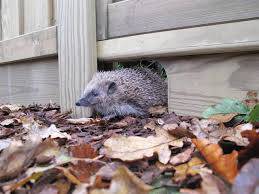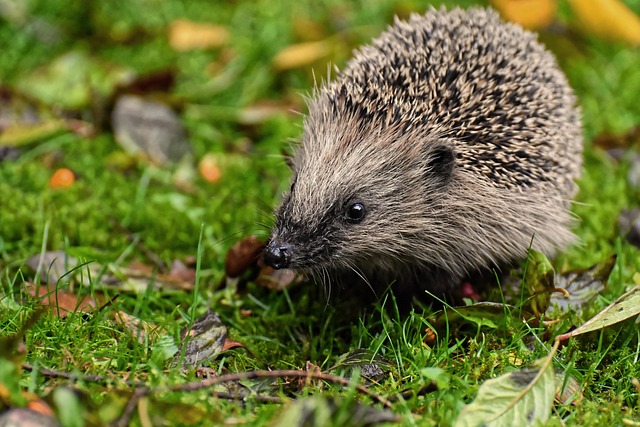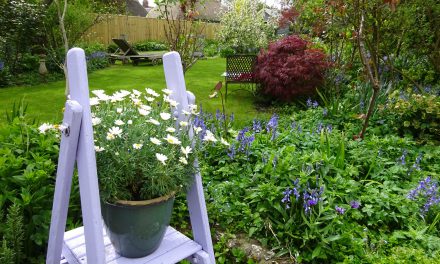From a knight’s shield in the middle ages to a cute creature in children’s books, the UK has a long-standing affection for the humble hedgehog.
However, the country’s hedgehog population has been in decline for several years. This is especially true in rural areas, where the number of hedgehogs has halved since 2000.
The good news is that population numbers have begun to stabilise in urban areas.
To help increase numbers the British Hedgehog Preservation Society is asking people to ‘‘Give hedgehogs the edge!’’ during this year’s Hedgehog Awareness Week (4 to 10 May in 2025).
To do this, you can create a hedgehog highway, build a hedgehog home, or simply leave a space for wildlife in your own garden or outside space. You can also encourage landowners such as schools and councils to do the same.
Learn more about helping hedgehogs and where they like to live.
How East Sussex is helping hedgehogs
The council is committed to protecting our hedgehogs. To do this we’re maintaining the Cuckoo Trail as a ‘Green Corridor’.
We’re managing the verges and creating ‘habitat piles’ when sections of path are cleared. Habitat piles resemble compost heaps and provide a natural space for a range of native species, including hedgehogs, to live in.
In the summer, we leave a wide strip of lush vegetation on the side of paths, which is good for insects, slugs and snails, which hedgehogs love to snack on.
Hedgehog highways in Hailsham

A hedgehog uses a hedgehog highway
This year the community group Hedgehogs4Hailsham is working towards making Hailsham the most ‘hedgehog friendly’ town in Britain.
The group is asking people in Hailsham and surrounding areas to welcome wildlife by creating a Hedgehog Highway.
Hedgehog Highways are gaps in the bottom of boundary walls and fences. The gaps need to be 13cm x 13cm square to allow the animals to move freely between spaces and gain access to suitable food and mating environments.
If you spot a hedgehog or put a Hedgehog Highway in your fence you can log it on www.bighedgehogmap.org.
Caring for hedgehogs
Did you know hedgehogs are nocturnal? If you see one out during the day, it could be a sign it’s in distress. There are several other things to be aware of when it comes to caring for them:
- if you’d like to feed a hedgehog, offer them meaty treats such as cat or dog food or dry cat biscuits. Only offer them water to drink because they’re lactose intolerant
- if a hedgehog appears ‘drunk’, it could be suffering from hypothermia and be in urgent need of help
- they don’t all have fleas. If they do, hedgehog fleas may jump onto a cat or dog but they won’t infest your pet because they’re host specific
- don’t try and relocate a hedgehog. Moving them from their known food source could harm them, or their young if they have a nest. If you want to move one from your garden call an expert for help
- netting can become entangled in hedgehog spines. Make sure sports nets are put away and garden netting is raised 30cm off the ground so hedgehogs can safely pass underneath it
- always check for wildlife before mowing or strimming grass or lighting a bonfire pile.
If you find a hedgehog in need of help contact www.wildlifeambulance.org or www.help4hedgehogs.com, which is based in Herstmonceux.
Building a hedgehog home
It’s advised not to relocate a hedgehog, but making an inviting space they want to visit or live in is encouraged.
They need homes just like humans, so making one for them is a great way to encourage hedgehogs into your garden. It’s also a great activity for the kids to get involved with.
You can use any larger-sized box for this, for more information read our guide on ‘How to build a home for a hedgehog’.




